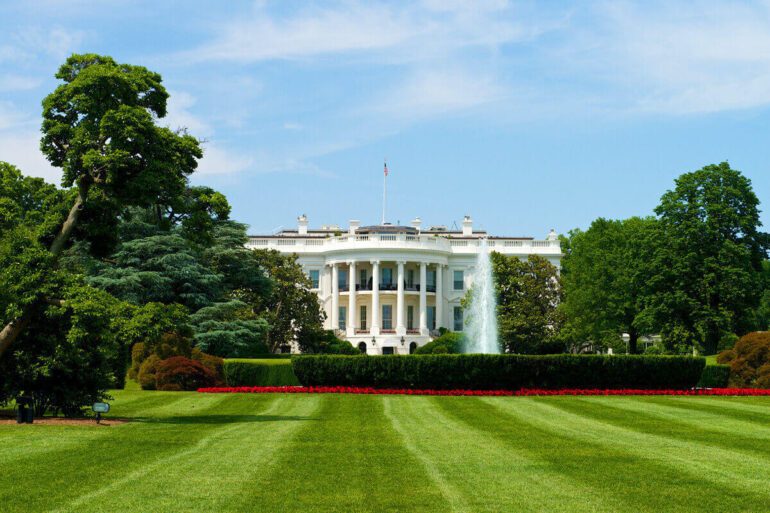TL;DR:
- The White House is set to unveil a significant AI executive order.
- This directive aims to regulate and assess advanced AI models for federal use.
- It also facilitates immigration for skilled workers to boost US technological capabilities.
- Federal agencies, including the Defense and Energy Departments, will integrate AI into their operations.
- The order coincides with an event titled “Safe, Secure, and Trustworthy Artificial Intelligence” hosted by President Biden.
Main AI News:
The White House is poised to make a significant move in the realm of artificial intelligence as the Biden administration prepares to reveal an eagerly awaited executive order. This forthcoming directive represents the most substantial effort by the United States government thus far to oversee the ever-evolving landscape of technology, which has generated both apprehension and anticipation on a global scale.
Scheduled for release just days ahead of an international summit in the United Kingdom, where government officials, influential figures from Silicon Valley, and representatives of civil society will convene to address the potential societal implications of AI, this far-reaching executive order signifies a pivotal moment.
According to reliable sources who chose to remain anonymous due to the confidential nature of the discussions, the comprehensive order will leverage the US government’s substantial presence as a key technology procurer. A central component of this directive will necessitate thorough assessments of advanced AI models before their deployment within federal agencies. This initiative aims to ensure that such cutting-edge technologies meet rigorous standards before they can be utilized by government personnel.
Moreover, the executive order is set to streamline immigration procedures, particularly for highly skilled professionals. This strategic move is designed to augment the technological prowess of the United States by facilitating the entry of talented individuals who can contribute significantly to the nation’s advancement in AI and related fields.
Under the directive, various federal agencies, including the Department of Defense, the Department of Energy, and intelligence agencies, will be mandated to conduct assessments. These evaluations will be focused on identifying opportunities for integrating AI into their operational frameworks, with a primary emphasis on reinforcing national cybersecurity measures.
In a recent development, the White House has extended invitations for an upcoming event titled “Safe, Secure, and Trustworthy Artificial Intelligence.” This event, set to be hosted by President Biden, underscores the administration’s commitment to addressing the multifaceted challenges and opportunities presented by AI in our ever-connected and tech-driven world.
Conclusion:
The White House’s forthcoming AI executive order signifies a pivotal moment in the tech industry. It demonstrates a proactive approach to regulate AI and ensure its safety, while also promoting the influx of skilled talent into the US. This strategic move aligns with the growing importance of AI in various sectors, indicating that the market can expect a more controlled and talent-friendly environment for AI development and adoption.

